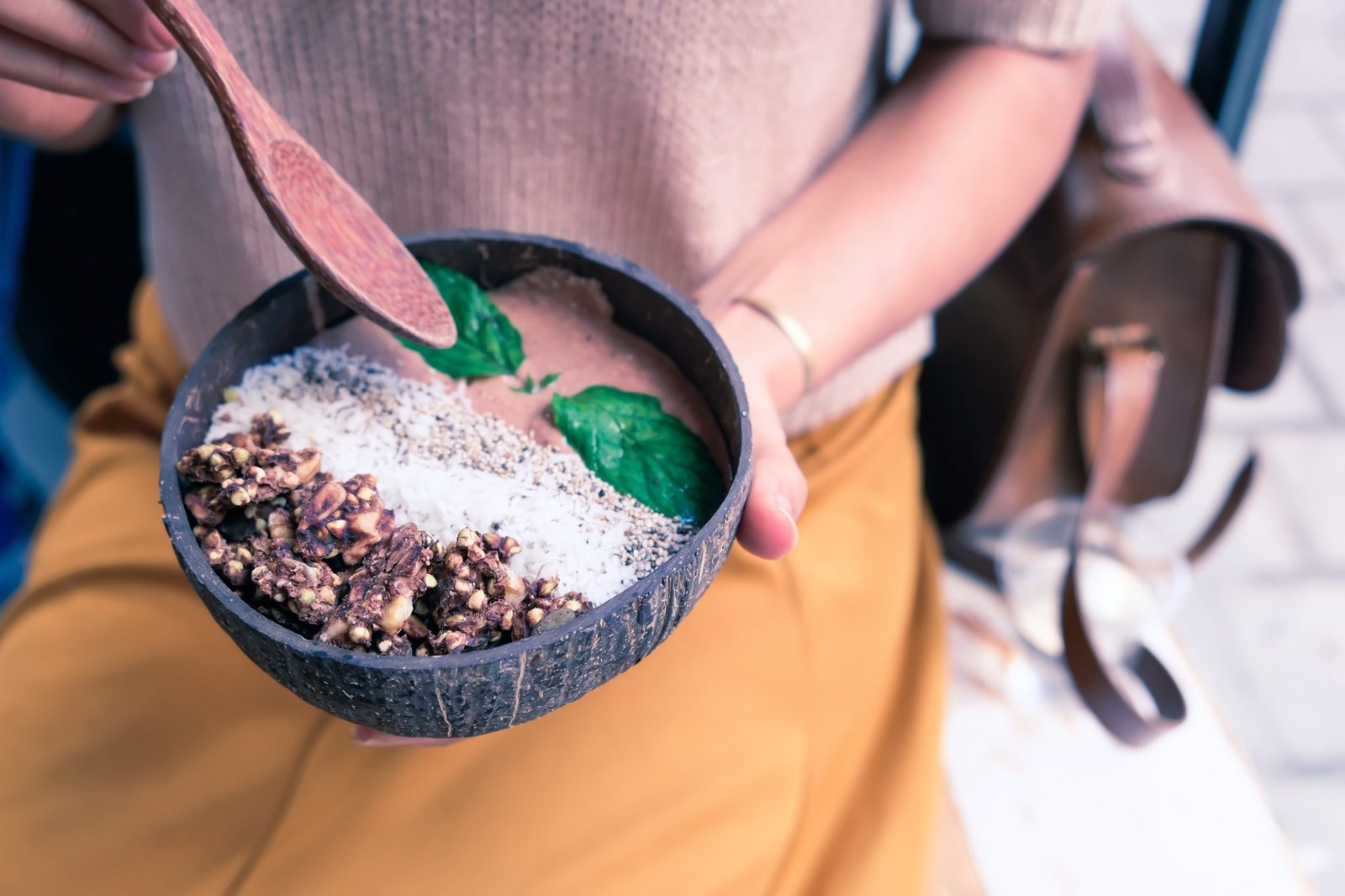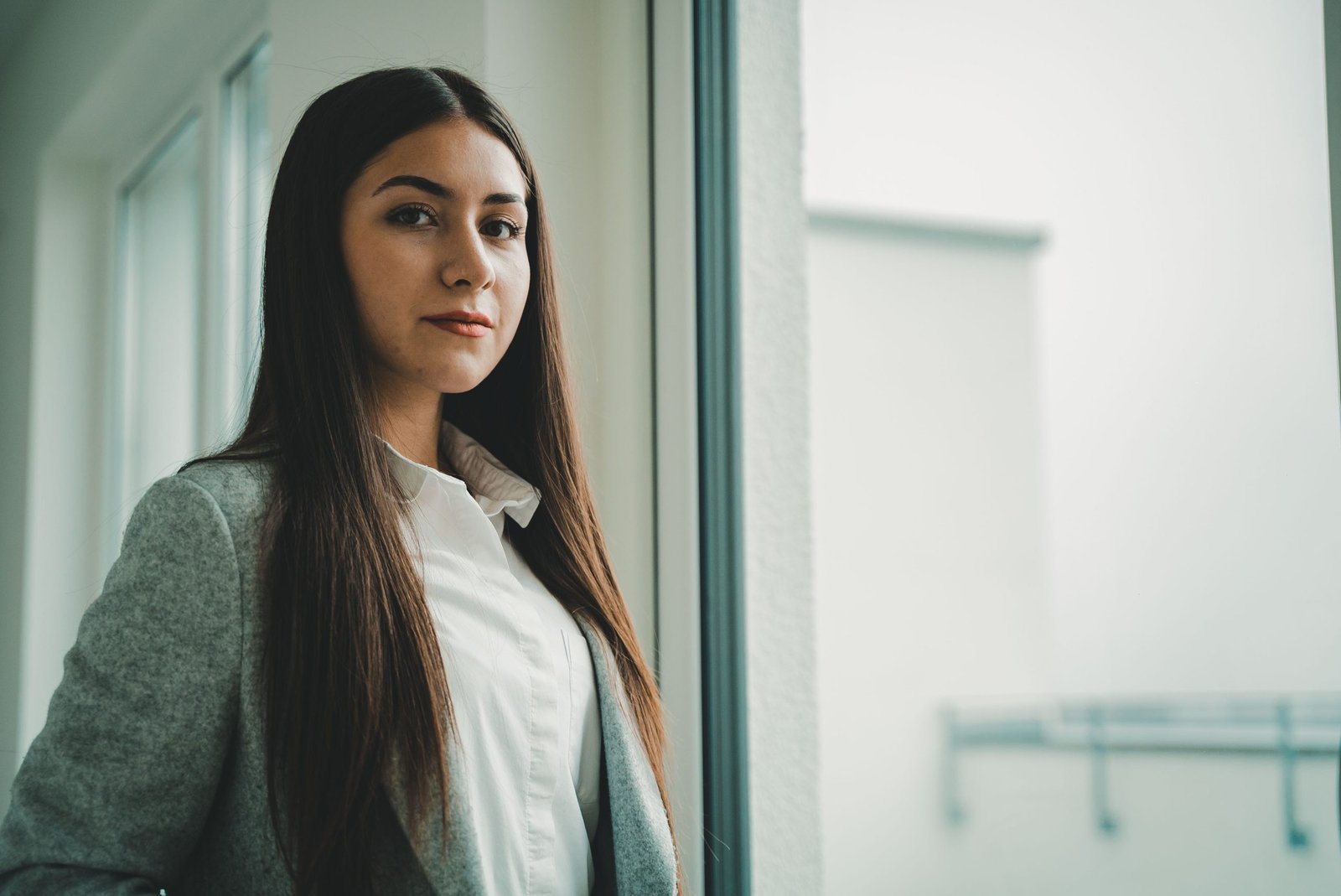Curious to know the hottest skin rejuvenation secret on the market right now?
Polynucleotides for skin rejuvenation are making waves in the aesthetic medicine industry and here’s why…

These remarkable little molecules (yes, from salmon DNA) are redefining our approach to skin health.
They are not just another passing fad — they are a scientifically validated technique that actually works with your body’s natural processes.
The things are:
Polynucleotides don’t just “fill” or “freeze”. They work with the regenerative power of your own skin!
What you’ll learn:
- The Science Behind Polynucleotides Skin Rejuvenation
- How Polynucleotides Actually Work For Your Skin
- Why They’re Becoming So Popular in Aesthetic Medicine
- Step-By-Step Application Techniques that Work
- The Realistic Results You Can Expect
The Science Behind Polynucleotides Skin Rejuvenation
Polynucleotides are chains of nucleotides — the structural units of DNA and RNA. When these purified substances are injected into your skin, a truly remarkable process begins.
They don’t just hang around doing nothing.
On the contrary, they immediately start working, kick-starting your skin’s repair mechanisms. It’s like sending little messages to your cells: “Wake up and start regenerating!”
The catch is:
Your skin recognizes polynucleotides as completely natural. There are no foreign substances that your body will reject or have any kind of allergic reaction to. This is the secret behind why polynucleotides improve skin quality so well — they actually complement and enhance your skin’s natural processes and cellular structure.
The results are more collagen production, better hydration and real skin regeneration.
Pretty awesome, right?
How Polynucleotides Actually Work For Your Skin
You might be wondering how fish DNA can help transform human skin…
Allow me to explain.
The Nucleotide chains in polynucleotides are the same across all species. Once purified and processed, they contain the same basic building blocks as found in human DNA. This is the reason they work so well with your skin.
Once injected, polynucleotides cause fibroblast activation. Fibroblasts are the cells that produce collagen and elastin, the proteins responsible for skin firmness, smoothness and youthful appearance.
Recent studies have found staggering results. They have shown 47% increase in collagen production in 23 days and a 52% increase in skin thickness.
But that’s not all…
Polynucleotides also double up as potent antioxidants, neutralizing the free radicals that cause ageing. It’s like having both regeneration and protection in one shot. This dual-action is what sets them apart from other skin rejuvenation treatments.
Why They’re Becoming So Popular in Aesthetic Medicine
The statistics speak for themselves. 88% of Korean dermatologists are now using polynucleotide injections in their practice.
Why this sudden hype?
The reasons are:
- They provide natural-looking results
- There’s little to no downtime
- Can treat areas other treatments can’t
- The effects are long lasting and cumulative
You are not just filling in a problem. You are actually improving the skin’s structure. Forget about quick fixes and false solutions, Polynucleotides are a permanent solution that can be used to help improve the appearance of your skin and the quality of your complexion.
Fun fact:
The area under the eye has always been notoriously difficult to treat. Too sensitive for most fillers. Too thin for aggressive resurfacing. Polynucleotides have changed all this.
They can be safely used to treat the delicate periorbital region, significantly reducing fine lines, improving skin texture and fixing that dreaded crepey skin that makes you look so much older than you are.
Step-By-Step Application Techniques that Work
The application technique is absolutely key when it comes to polynucleotides.
Why does it matter?
Well, these molecules need to be placed at a precise dermal depth to elicit the right cellular response. Too superficial and they will not reach the fibroblasts. Too deep and you will miss the sweet spot altogether.
Most practitioners use a series method:
- Session 1: Baseline treatment where you first introduce polynucleotides to the skin
- Session 2: Follow up treatment done 2 to 3 weeks later
- Session 3: Final treatment to consolidate all the gains made in previous sessions
- Maintenance: Sessions spaced 6 to 12 months apart to maintain and improve results
Each session is performed with multiple micro-injections over the entire treatment area. The technique is designed to create a mesh of polynucleotides throughout the skin, allowing for widespread regeneration.
The truly advanced practitioners also use combination treatments alongside Polynucleotides:
- Hyaluronic Acid for immediate hydration
- Microneedling to improve penetration
- LED light therapy to augment cellular activity
A multi-modal approach like this maximizes results while minimizing the number of sessions required.
The Realistic Results You Can Expect
Let’s get real about what Polynucleotides can and cannot do.
The things they are good at:
- Improving skin quality and texture
- Reducing fine lines and surface wrinkles
- Enhancing skin hydration and elasticity
- Treating under-eye skin concerns
- Ameliorating sun damage and pigmentation
- Creating an overall “glow” effect
Clinical studies and results consistently show a major improvement in skin hydration, elasticity, firmness, and tone. Patients describe their skin as smoother, brighter, and more youthful.
Timeline for getting results:
You will start to see some initial improvement within 2 to 3 weeks. It’s the following months when you will see real magic as your collagen production really kicks in. Maximum results are typically seen 8 to 12 weeks after your last session.
What they are not good at:
Polynucleotides are not miracle workers. They will not do much for deep wrinkles which need volume replacement or sagging skin that needs surgical correction.
But for overall skin quality improvement? They are unbeatable.
The Safety Profile You Need To Know
Safety is key with any aesthetic treatment.
Polynucleotides have a fantastic safety record. Clinical trials and studies show more than 1.8 million applications without a single report of allergic reaction or serious adverse event.
Common side effects include:
- Temporary redness at injection sites
- Mild swelling for 24 to 48 hours
- Occasional bruising
These side effects are all minimal and very mild. Most patients can go back to their normal activities right after the treatment.
Who should not get polynucleotides:
- Pregnant or breastfeeding women
- Active skin infections
- Autoimmune disorders (always check with your practitioner first)
The Future of Regenerative Aesthetics
Polynucleotides represent a paradigm shift in aesthetic medicine.
We are moving away from the “quick fix” mentality and towards techniques that genuinely improve skin health over time. It is this regenerative approach that really resonates with what patients want — natural looking results that last.
The global polynucleotides injectable market size is expected to grow at 15.1% every year, reaching a whole new level as more and more practitioners become aware of their benefits and potential.
The innovations include:
- Improved and enhanced formulations to target specific concerns
- Combination therapies to give patients the best possible results
- Extended-release versions for longer lasting effects
The Right Choice For Skin Rejuvenation
Polynucleotides are not for everyone. But they are ideal for patients who want:
- Natural looking skin improvement
- Long lasting and cumulative results
- Treatment of delicate skin areas
- Alternative to more invasive cosmetic procedures
The key is to find a practitioner who understands both the science and the artistry of polynucleotide application. The right assessment, technique and aftercare can make all the difference.
Ready to Get Started
If you are ready to try out polynucleotides for yourself, the first step is a thorough consultation.
Your practitioner should do a skin assessment, discuss your goals and come up with a personalized treatment plan.
Don’t forget: Polynucleotides are not a standalone treatment but a supplement to an existing skincare routine. They will amplify and enhance your current practices and lay the groundwork for long term skin health.
Here is what to expect during your consultation:
The practitioner should assess your skin type and concerns, help you set realistic expectations and requirements. They should explain the process, timeline and any prep needed prior to treatment.
The Wrap Up of The Science
Polynucleotides are the new frontier of regenerative skin rejuvenation treatments. By harnessing the power of your own skin, they offer real and tangible improvement in skin quality, texture and appearance.
No more bandaid solutions and masking of underlying problems. Polynucleotides go straight to the root of skin ageing and stimulate collagen production, improving hydration and protecting against future damage. The results speak for themselves: Firmer smoother more radiant skin with a naturally youthful appearance.
Minimal downtime. Excellent safety profile. Long-lasting effects that continue to improve over time. Polynucleotides are raising the bar and setting a new standard in aesthetic medicine.
The bottom line:
If you are serious about skin rejuvenation and want a treatment that actually improves the health of your skin, Polynucleotides are well worth the consideration. Forget quick fixes and temporary solutions. Polynucleotides are a real game-changer in the world of regenerative aesthetics.






